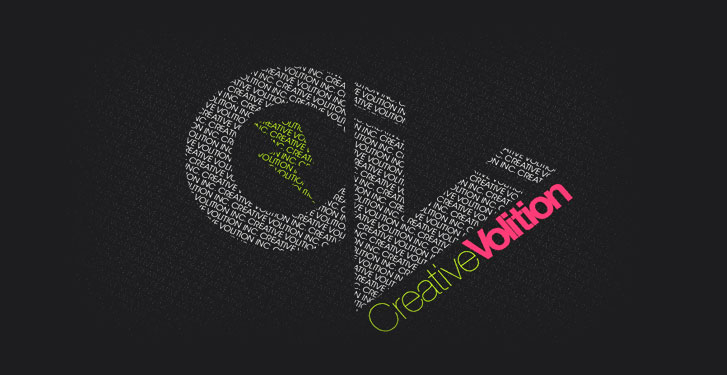What are the benefits of polycarbonate multiwall panels?
New technologies have given way to new plastics that we use today to replace conventional materials like wood and steel. Polycarbonate multiwall panels are becoming quite common these days because it is being used in many renovation and decoration projects. These plastic sheets might look simple and flexible and fragile, but they offer plenty of benefits and features that had led to high market demand. Today, many manufacturers and suppliers in India supply these panels and therefore you can look for the right quality of groups at the right price.
Polycarbonate Panels are Easy to Install:
One of the main benefits of multiwall polycarbonate panels is that they are easy to install. Usually, when you are installing roofing solutions you need to ensure that you get the installation done by professionals. Conventional roofing solutions are heavy and fragile and can lead to accidents. Polycarbonate panels are flexible and lightweight and therefore they are easy to install using DIY methods.
Polycarbonate Multiwall Panels are Safe:
These panels are lightweight and flexible and therefore they are safe in every possible way. Multiwall polycarbonate sheet is also self-extinguishing and consequently it does not catch fire which makes them ideal for home and office renovation projects. They are not dense like glass and wood and therefore they are easy to lift and install.
Multiwall Panels Offer Insulation:
The overall design of multiwall sheets and panels make them great insulators and therefore they are ideal for greenhouses and various industries. If you are looking for these panels, Kapoor Plastics can provide you with multiwall polycarbonate sheets at a high price.
Source : Multiple Benefits of Polycarbonate Multiwall Panels
106 Views · Answer requested by Arun
Promoted by Udemy
Monetize your content on Udemy, the most significant learning marketplace.
Create a course in the topic and language of your choice. Reach over 24M students and start earning!
Start now at udemy.com
Related QuestionsMore Answers Below
What are the benefits of Polycarbonate Roofing Sheets?
What are the top applications of Polycarbonate?
What is Panel function?
Why are polycarbonate multiwall panels so popular?
What is the purpose of polycarbonate lenses?
Ask New Question
Tammy Wylie
Tammy Wylie, building, designing, selling, installing polycarbonate sheets for 20 plus years
Answered Jan 10 · Author has 317 answers and 75.4k answer views
Oh, there are so many benefits of multiwall polycarbonate sheets that I will start with the one thing that is sometimes seen as a negative. If you look down the end of a layer of polycarbonate it will be like looking down the end of a cardboard box. With the thin wall there is a sheet on the outside, a coating on the inside with a rib running between the 2 sheets. In a cardboard box the slab will be wavy. In multiwall polycarbonate, the rod will be straight between the two layers. Even though the leaves on each side are bright you will not have a clear view due to the distortion from the rib. Inside a greenhouse, you will be able to see a red flower and green leaves, but it will not be bright enough to identify which flower it is. Some people want an unobstructed view like glass, and you don’t get this with these sheets. But, that is the only negative I can think of, so I will go on to the positive.
It is lightweight. A 4′ x 8′ sheet of 8mm twin wall polycarbonate will only weigh about 13 pounds. It is easy to handle. You can bend it onsite (as long as you follow the minimum bending radius chart supplied by the manufacturer) without any tools or special techniques. It applies itself to multiple uses - greenhouses, patio covers, fencing, interior wall partitions, conservatories, skylights, and even hurricane panels. You can cut it quickly with a skill saw, jigsaw or table saw. It is durable. Most manufacturers will have a 10-year hail warranty. And, you won’t see any hail warranty with glass. Compared to drink, it is less expensive. Some people are concerned about the longevity of the polycarbonate sheets. All manufacturers will have at least a 10-year warranty on the light transmission with some now going up to a 20-year warranty. Regardless of the warranty, I consider this to be a material with a 20 year lifetime. The sheets will not get brittle, yellow or crack during this lifetime. There are many different specialty sheets available at this time. There are sheets with 100% light diffusion, 100% block out, heat reducing capabilities, colors such as opal and bronze, etc. Another benefit is that the insulating factor is better than clear glass. This is due to the spacing between the outside sheets. There are also triple wall, 5 wall, 7 wall, etc sheets available. These extra sheets will be sandwich between the two outer layers. This will also cause a higher R-value the more walls and the thicker the polycarbonate is.
Multiwall polycarbonate sheets are versatile, affordable, easy to handle and my choice for greenhouse glazing.













